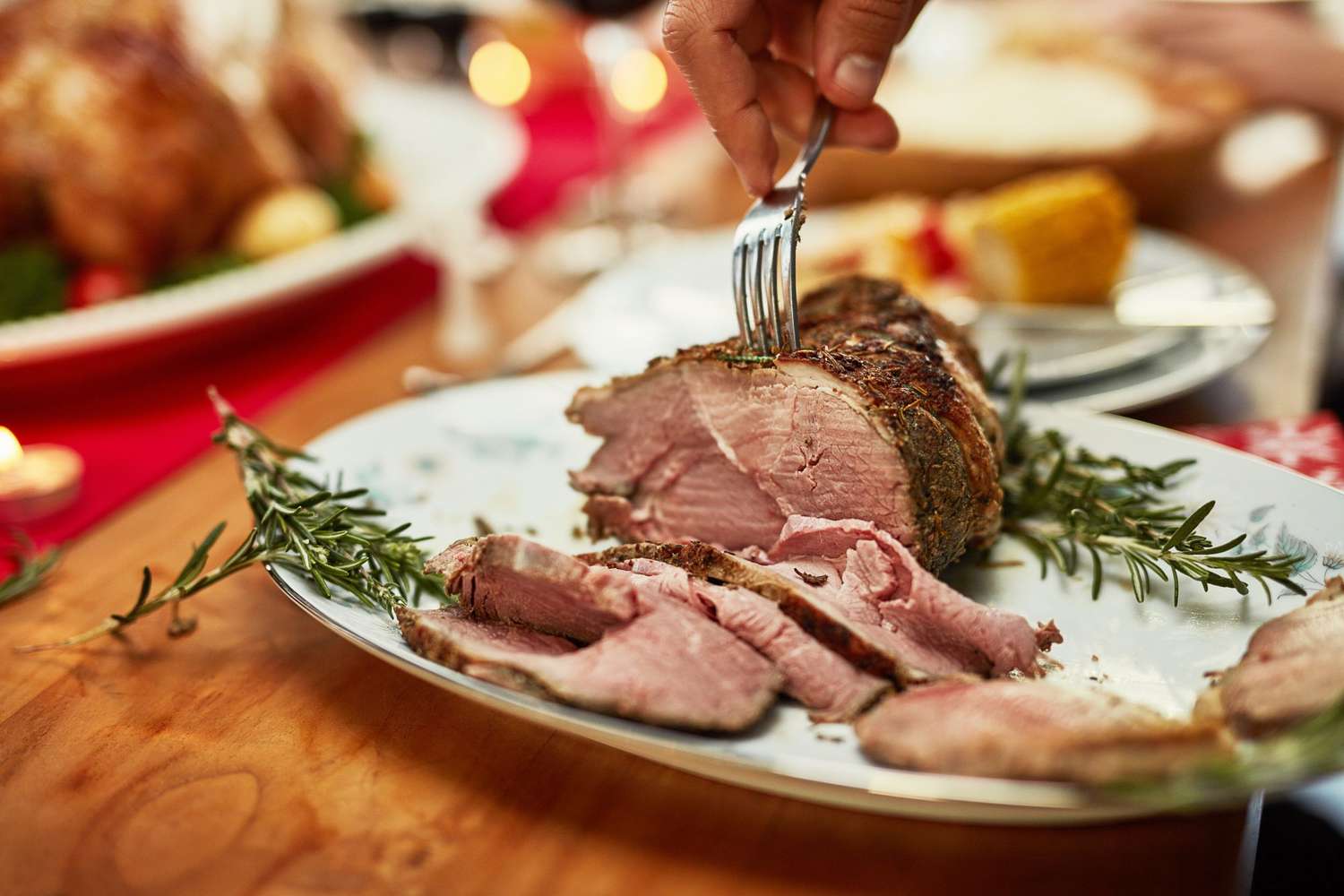When cooking beef, many home cooks choose to use the more popular cuts, such as sirloin, tenderloin, or ribeye. The beef round, one of the cow’s most underappreciated portions, provides great value, lean protein, and a deep taste when cooked correctly. Cooking at home may be transformed if you know what the beef round is, how it’s separated, and the best ways to prepare each piece.
What Is A Round Beef?
The cow’s rear end, which includes the rump and hind legs, is where the beef round is found. The meat here is leaner and less marbled than premium cuts from the rib or loin portions since these muscles are actively employed for movement. This may make it more difficult to use, but it also makes it one of the healthiest and least expensive alternatives available. It works best in slow-cooked dinners or thin-sliced recipes that highlight its best qualities.
Usually, there are three primary parts to the round: the eye of the round, the bottom round, and the top round. Each has unique qualities and suits various kinds of recipes better.
Top Round Vs. Bottom Round: Recognizing The Distinctions
The texture, fat content, and appropriate cooking methods are the main distinctions between top round and bottom round.
- Top Round: The rear leg’s inner thigh is where the top round is extracted. With a consistent grain and a little more sensitive texture than the bottom round, it’s ideal for thin slicing. For London broil, roast beef, or even steak sandwiches, home chefs often utilize top round. When cooked correctly, it has a pleasing chew and a great meaty taste.
- Bottom Round: Because it is cut from the outside leg, the bottom round has more connective tissue and is thus often a little rougher. Still, it’s flavorful and reacts well to wet, slow cooking techniques like pot roasting or braising. It is often used by home chefs for slow-cooked shredded beef for sandwiches or roast beef au jus.
When comparing top round vs bottom round, the top round is somewhat superior for roasting and slicing, while the bottom round excels in stews and sluggish cooking. When prepared properly, both may be delectable.
Ideas For Beef Round Recipes For Home Cooks
The following meal ideas showcase the flexibility of the beef round, so feel free to experiment with it:
- Classic Roast Beef: Use a top round roast that has been seasoned with herbs, garlic, salt, and pepper for a classic roast beef. For Sunday supper or sandwiches, cook it medium-rare and thinly slice it.
- Beef Stroganoff: Instead of using sirloin for beef stroganoff, use bottom round and cook it slowly in a creamy mushroom sauce until it is soft and melts in your mouth.
- Homemade Jerky: For a high-protein snack, make your own jerky by marinating eye of round, sliced thinly, in soy sauce, Worcestershire sauce, and brown sugar, then drying it.
- Beef and Vegetable Stew: This recipe is a soothing and filling combination of bottom round cubes cooked with potatoes, carrots, and herbs.
These dishes all highlight the beef round’s taste and flexibility when prepared properly.
What Makes The Beef Round The Best Option?
Home chefs who want to extend their food budget without compromising flavor or nutrition will love the beef round. It is low in fat, rich in protein, and versatile enough to be used in anything from Asian stir-fries to Latin shredded beef recipes to American-style roasts.
Although it may not be as soft as a ribeye, the beef round is worth the effort and skill. When prepared properly, it produces rich, savory tastes that make it a great option for meal preparation and family feasts.
Conclusion
You may improve your home cooking and save money by understanding the beef round and the difference between top round and bottom round. When cooked correctly, these cuts provide amazing taste and variety while being lean and less tender. The beef round shows that excellent cooking isn’t only about using superior cuts; it’s also about understanding your ingredients and using their full potential, as shown by its slow-cooked roasts and filling stews.

